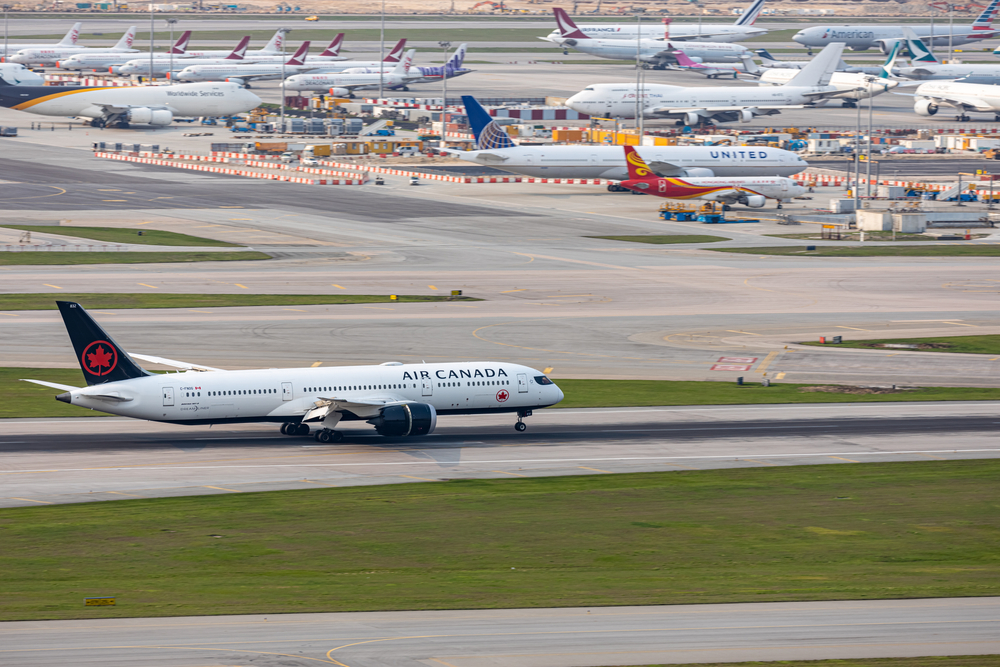Canada is a hospitable country that opens its door to temporary residents every year. However, they are certain rules that apply. For starters, they are countries like the US that enjoy visa exemption. Unless you fall under this group of people or you’re a permanent resident, every other individual wishing to visit Canada must seek a Temporary Resident Visa (TRV). This Visa can only be acquired from Canadian Immigration Visa Office. This is after the aforementioned department establishes beyond reasonable doubt that the applicant in question satisfies the requirements laid down for admission in the country.
Who is Eligible for TRVs?
- Tourists
- International students who require study permits
- Temporary foreign worker

Conditions for Acquisition of TRV
The first requirement is that the applicant must fill out an Immigration, Refugees, and Citizenship Canada (IRCC) form. A fee is charged and it’s used to cover biometric and processing fees. The applicant must also provide evidence, for instance, by attaching supporting documents.
Other things required include but are not limited to:
- Travel itinerary
- A photocopy of a return ticket (if applicable)
- Proof of financial support
- Photos of passports
It is important to note that conditions vary depending on the country from where you’re making the application.
What Timeframe is the TRV Tailored to Cover the Visitor?
For starters, there are TRVs that don’t hold stamps or dates. This means the holder has a timeframe of not more than 6 months to stay in the country. Sometimes visas may be divided into single or multiple-entry visas.
A single entry visa is for individuals who wish to visit Canada for a one-time event like weddings, sports, and so on. Since single-entry visas are not standard, the issuing officer has to offer an explanation of the purpose of the visit and how long it is intended to last.
Multiple entry visa entails the standard document for entering Canada. It allows an applicant to access the country on multiple accounts from different places for a certain stipulated time. This TRV comes with timeframes of up to ten years. Sometimes it can cover up to 1 month before the expiry date of the passport or the travel document in question.






